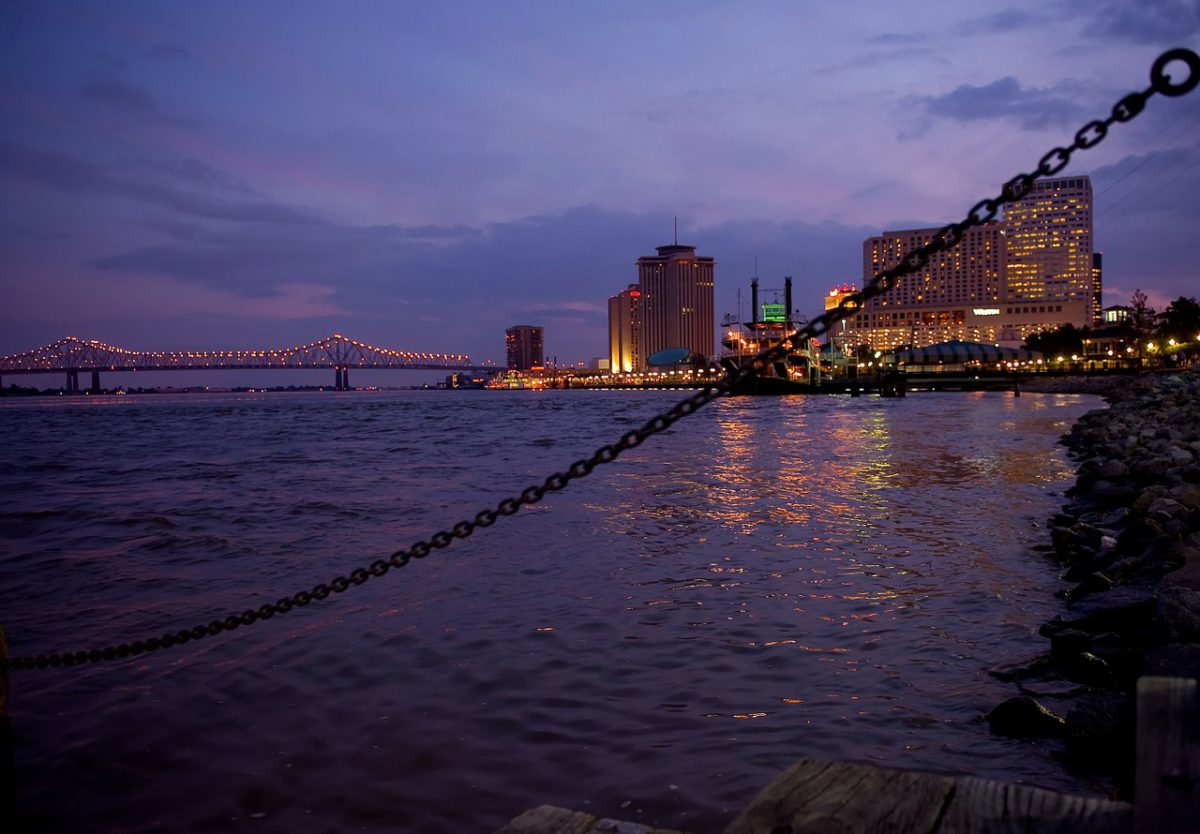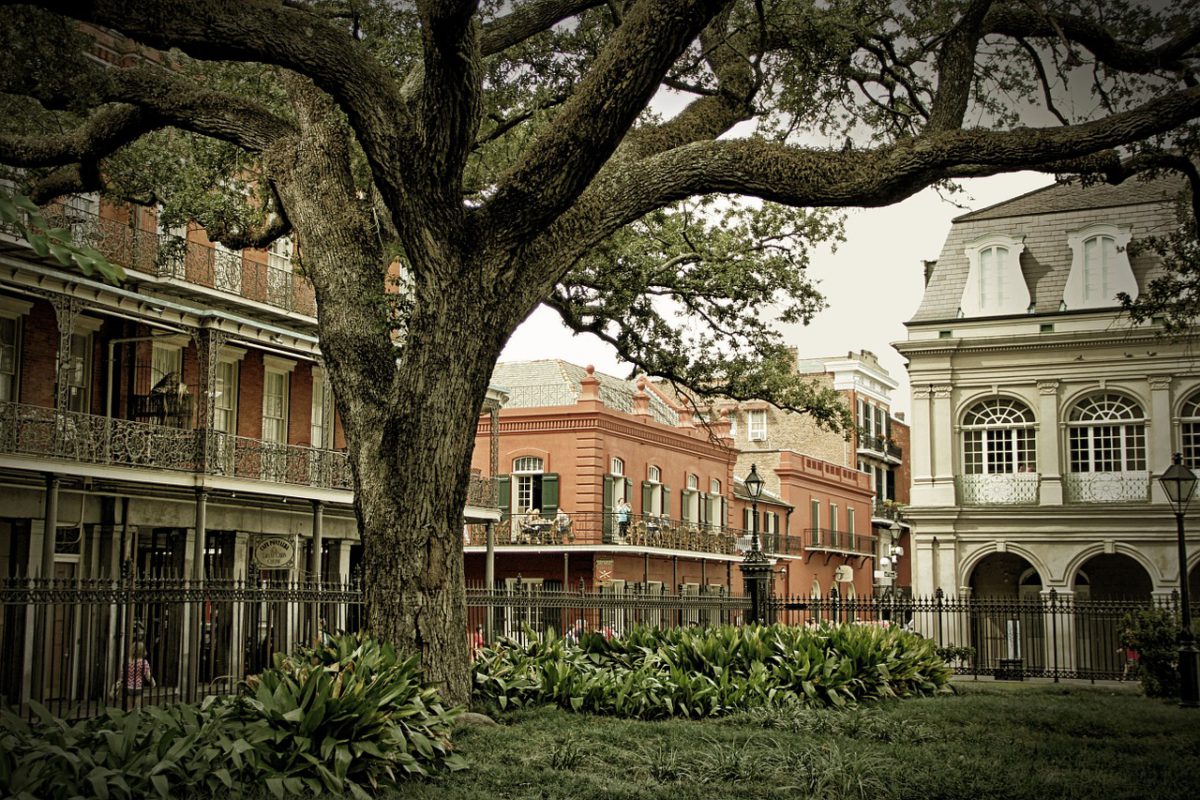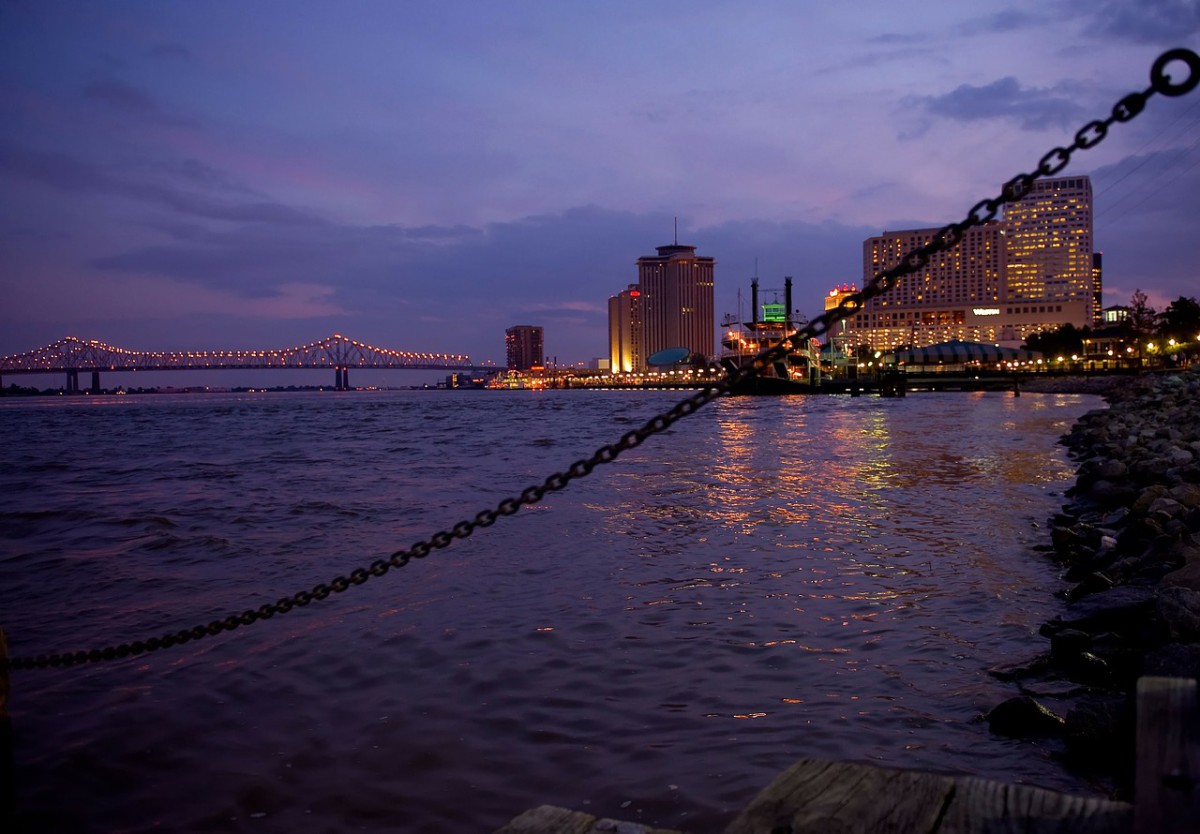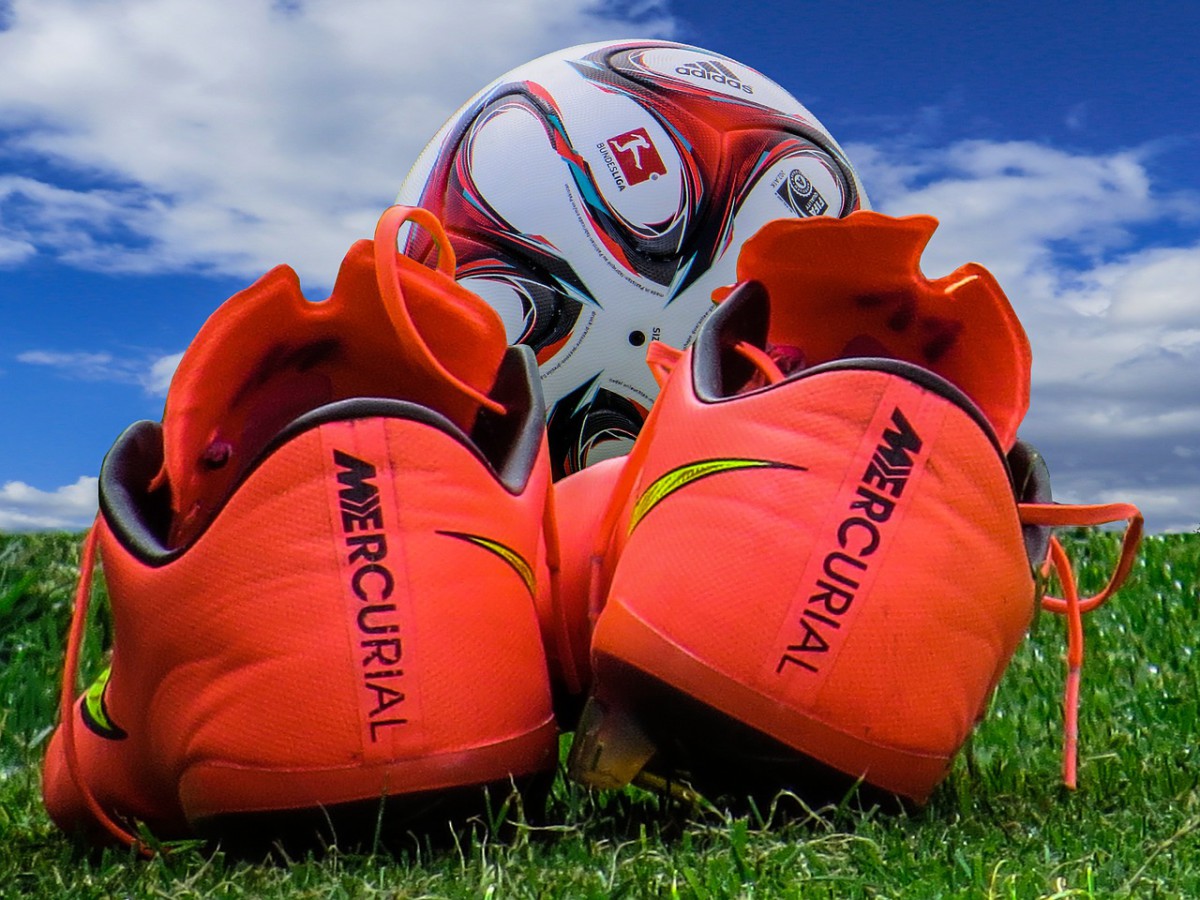There is little silver lining in New Orleans for the Pelicans right now. With eight losses and no wins, the only team in the Western Conference with such an abysmal record, the Pelicans are facing an uphill battle that is only getting harder. Granted, no one expected the Pelicans to effortlessly glide their way into the postseason, but 0-8? Really?
Thankfully, it is far, far too early in the season to be making such postseason condemnations. 74 games are left—so although Pelicans are not flying high now, they may be doing so in the future. Let’s take a look at the positives. Namely, Anthony Davis.
A hyper-athletic big man capable of both hitting hard in the paint and running the court, Davis carries the roster on his broad shoulders. This poor start for New Orleans is not at all like the Sixers and their historical losing streak spanning the 2014 and 2015 seasons (at an astounding, though depressing 28 losses). In fact, Davis is currently averaging a double with 30.9 pts and 11.4 rebounds (not to mention an impressive 3.0 blocks). Yet, despite Davis’ clear leadership both in stats and in character, he is hardly the only star talent on the struggling NBA squad.
Tim Frazier and E’Twaun Moore, in particular, have improved considerably and are bright prospects. While Jrue Holiday spends time with his unfortunately ill wife and Tyreke Evans is sidelined for his knee, both Frazier and Moore have stepped up to fill their shoes. Their vast improvement coupled with the eventual return of two of the league’s best scorers in Holiday and Evans bodes very well for the future.
Additionally, it’s not like the Pelicans have been blowing games against subpar teams. They have gone head to head with some of the best teams in the league, twice with the Warriors alone (the West’s champion last year); and even in those games, they lost by a cumulative 18 points between the two. That’s not even counting their two overtime losses where they just barely missed the cut.
The Grizzlies beat them 89-83 in a hard fought battle to the end, but it was clear the Pelicans were still exhausted and reeling from the previous night’s game with the Milwaukee Bucks. The second overtime defeat was dealt from the Phoenix Suns just two days after the bristled Grizzlies. Taking into account the Pelicans’ reduced roster and the closeness of the games just mentioned, great things are right around the corner for the Crescent City’s NBA representatives.
With an MVP candidate in Davis, spectacular talent to return, and an upcoming easier schedule, the Pelicans are in good shape to hatch a golden egg postseason run—soon.






